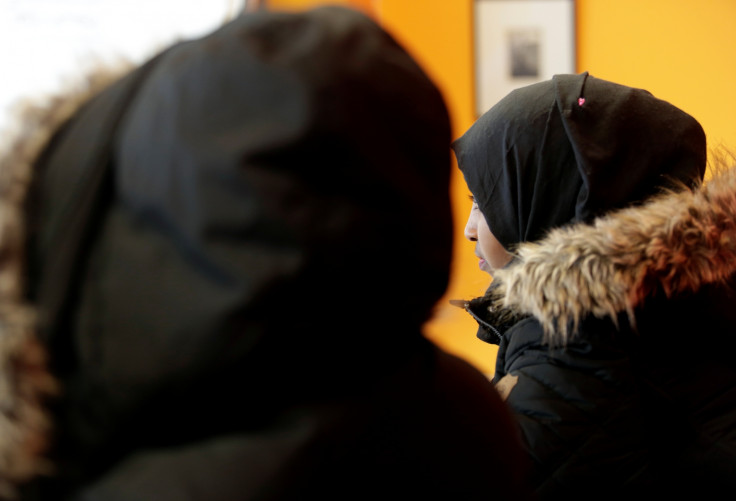Mass of refugees from US prompts Canadian charity to call for help
Asylum seekers crossing US-Canadian border on foot exhausting charity that finds temporary homes for refugees.

The number of refugees streaming across the US border into Canada since President Donald Trump cracked down on immigration has prompted one charity to call for help.
"The numbers, if they keep growing... I don't have the financial resources to hire more staff," said Rita Chahal, executive director of the Manitoba Interfaith Immigration Council, in an interview with CBC News on Sunday.
Chahal's council runs the the Welcome Place, a charity that finds temporary homes for asylum seekers to stay in Winnipeg, Manitoba. After an influx of asylum seekers, all of the charity's spaces are full.
Chahal told CBC that she was diverting staff from other programs to help with the number of people making refugee claims. She is now asking for donations and help from similar groups in her city to help find temporary homes for the growing number of people crossing the border.
Over the weekend 21 people were arrested by the Royal Canadian Mounted Police near Emerson, Manitoba — roughly 100 km from the provincial capital Winnipeg — after they illegally crossed the Canadian border on foot.
The weekend before, 22 people claimed asylum after walking across the border and into Canada. A report by Reuters found that in 2016 roughly 2,000 people entered Canada in similar ways without using a border crossing. The number of people claiming refugee status in Canada after crossing the border from the US rose 63% from 2015, the report found.
The most instances of illegal migration on foot are being seen in the Canadian province of Quebec. But cases are also appearing in Manitoba and British Columbia. A video captured in Saint-Bernard-de-Lacolle, Quebec, on Friday, 11 February shows a family with a toddler crossing the border.
Passages de réfugiés au Québec du Moyen-Orient venant des USA: une jeune famille syrienne accueillie à -23C par @grcqc sous nos yeux #rcmtl pic.twitter.com/F31tjII1Zb
— Pascal Robidas (@pascalrobidas) February 11, 2017
On 27 January President Trump signed an executive order to prevent refugees from seven majority-Muslim nations entering the US. "It is a fictitious reality to continue to pretend that the US is safe for refugees," Alex Neve of Amnesty International Canada told The Guardian, citing the travel ban as driving the surge of asylum seekers.
Asylum seekers are entering Canada on foot to avoid a 2004 agreement between Canada and the US known as the Safe Third Country Agreement, which states that they have to apply for refugee status in the first country they land in.
One family that sought help from Chahal's Welcome Place after arriving in Manitoba over the weekend had a baby and toddler with them, she said.
"When I held that two-year-old in my arms and the six-month-old, I thought, 'My goodness, what if something were to happen to these folks, you know, in this frigid weather?' And they walked for six hours, this family," she said. "It is really heartbreaking."
© Copyright IBTimes 2025. All rights reserved.






















